Cultural treasures that the Nazis looted from the USSR (PHOTOS)
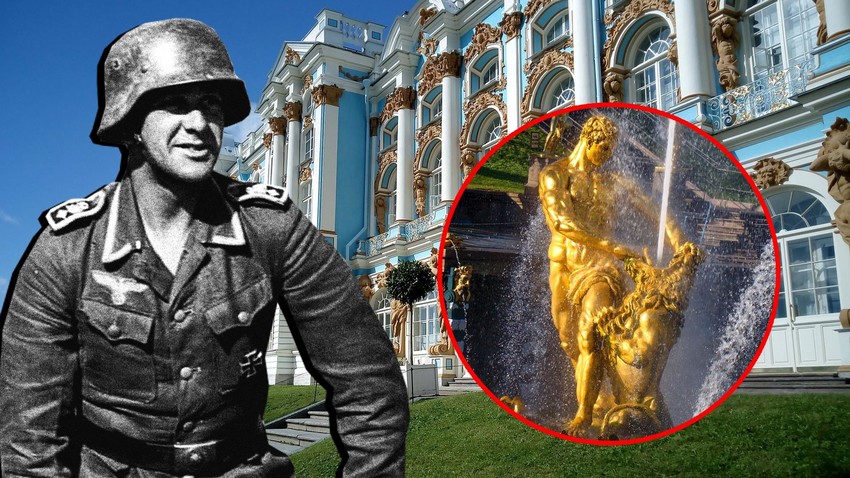
Hitler and other leading Nazis considered themselves to be art connoisseurs, and wanted to create a gigantic museum with masterpieces taken from all over the world, including books and manuscripts, musical instruments and sheet music, as well as paintings and sculpture, and ancient artifacts. Special SS detachments of looters were tasked with systematically confiscating cultural treasures and taking them to Germany.
During the war over 400 Soviet museums sustained losses, and 115 million printed works from libraries were destroyed. The 18 volumes of the official catalogue of cultural property stolen or lost during that period lists 1,177,291 museum items, and the list is constantly updated.
Here are the most notorious cases of cultural treasures looted by the Nazis from the USSR.
Tretyakov Gallery paintings
At the start of the war, a great number of canvases were evacuated to Siberia, and by the war’s end they were successfully returned to where they rightfully belonged. When the war began, however, over 30 paintings from the Tretyakov Gallery were being temporarily displayed in Soviet diplomatic missions in Germany, Austria, Czechoslovakia and Poland.
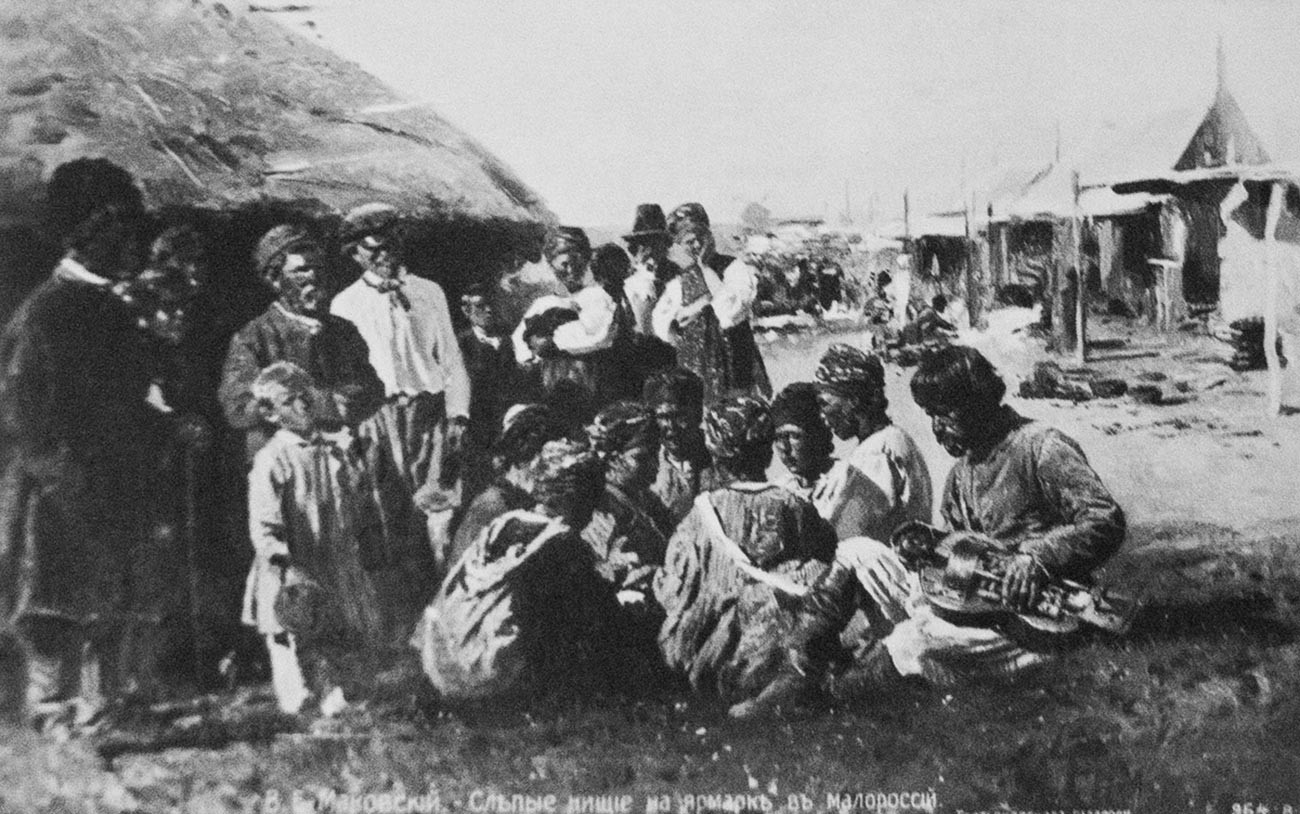
Vladimir Makovsky. Blind Beggars at a Fair in Little Russia
Tretyakov GalleryThe plundering of Soviet cultural property started in the very first hours of the German invasion and special "kunst battalions" stole valuable documents, furniture and, of course, paintings from Soviet embassies and trade missions. Many probably ended up in private hands, and masterpieces such as "Blind Beggars at a Fair in Little Russia" by Vladimir Makovsky, "Winter's Evening" and "Haycocks" by Nikolay Dubovskoy, and "Pines on a Cliff" by Ivan Shishkin were irrevocably lost...
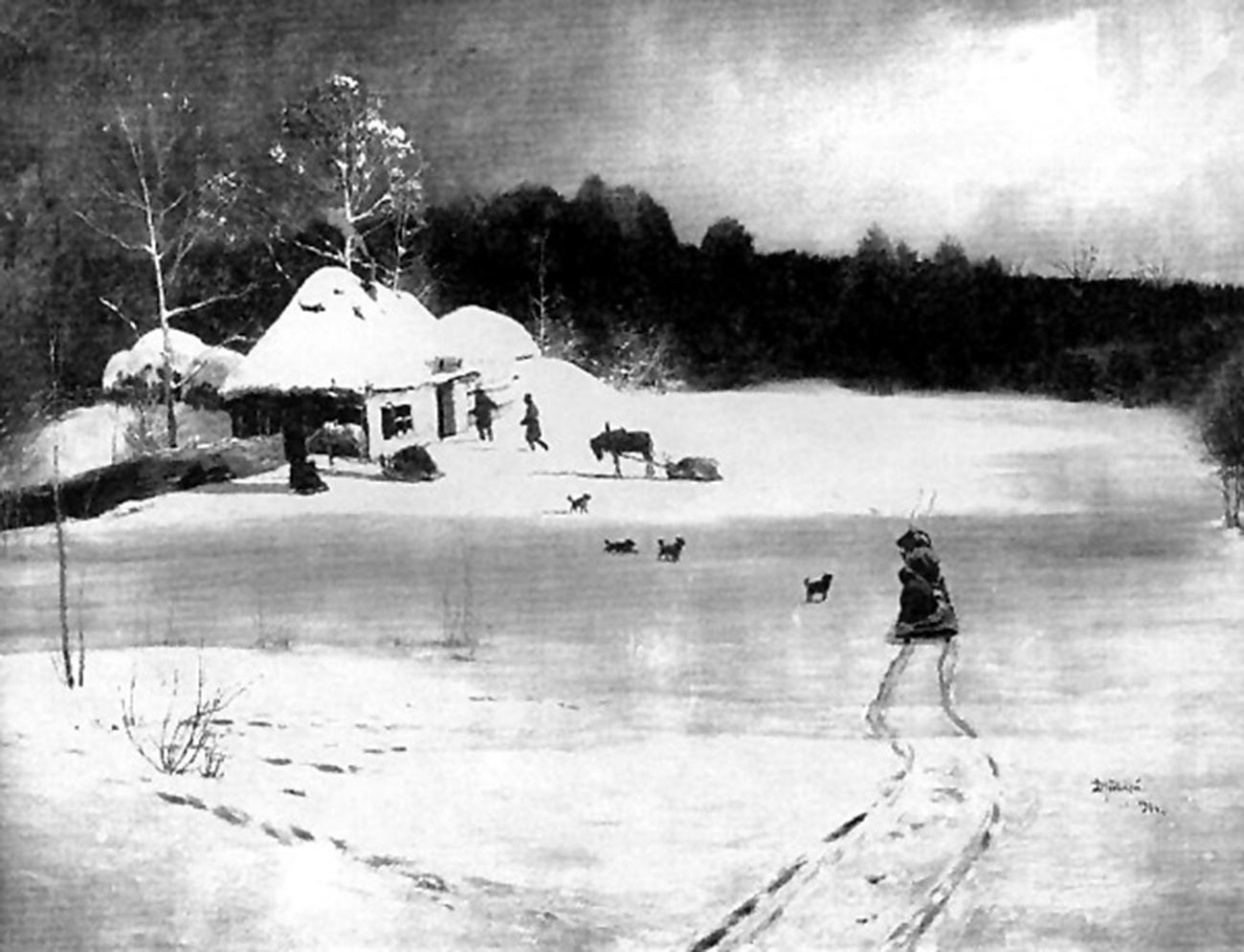
Nikolay Dubovskoy. Winter's Evening
Tretyakov GallerySeveral northern landscapes by Alexander Borisov, bought by the gallery's founder Pavel Tretyakov, were also lost. In 2006, one of the works - "Vilchiki Hills at Sunset in Mid-September" (1896) - was found at an antiques market and was successfully returned to the Tretyakov Gallery.
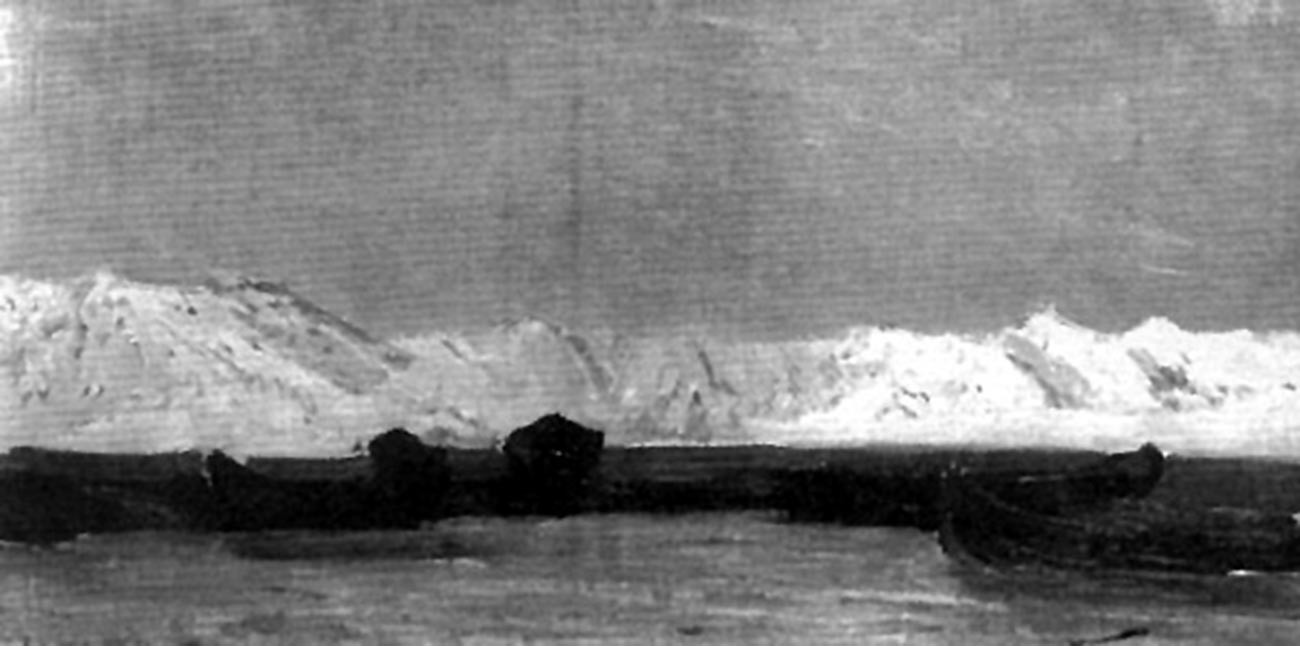
Alexander Borisov. Vilchiki Hills at Sunset in Mid-September
Tretyakov GalleryThe Amber Room from Tsarskoe Selo
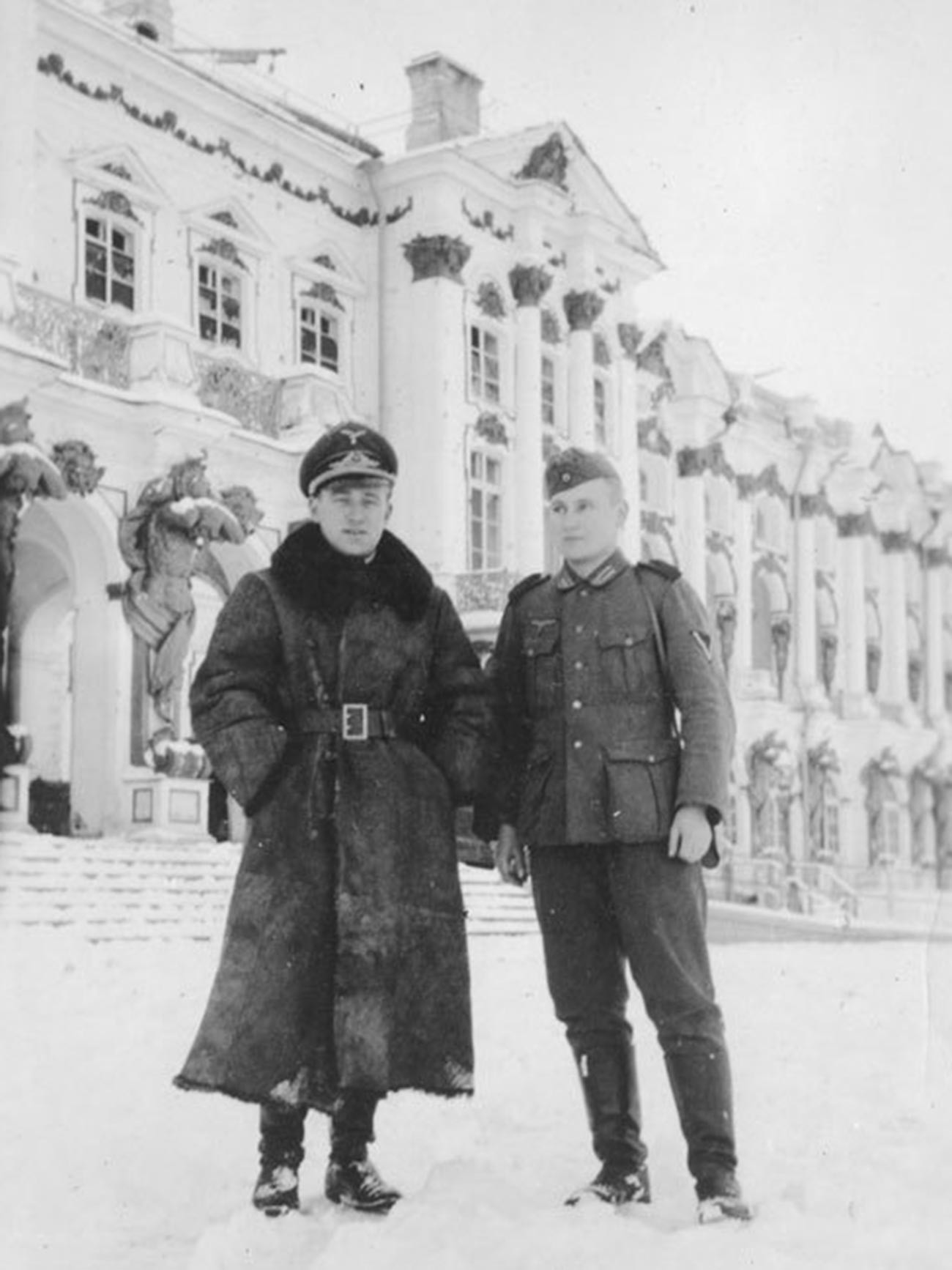
Nazis in Tsarskoe Selo
BundesarchivMuseum workers in St. Petersburg (then Leningrad) heroically and in record time packed, hid and evacuated millions of items from art galleries and royal palaces. Not everything could be saved, however. So, they carefully wrapped the exhibits that remained and the precious wall panels of the 18th-century Amber Room in the Catherine Palace at Tsarskoe Selo were covered with wadding and pasted paper for protection from blasts.
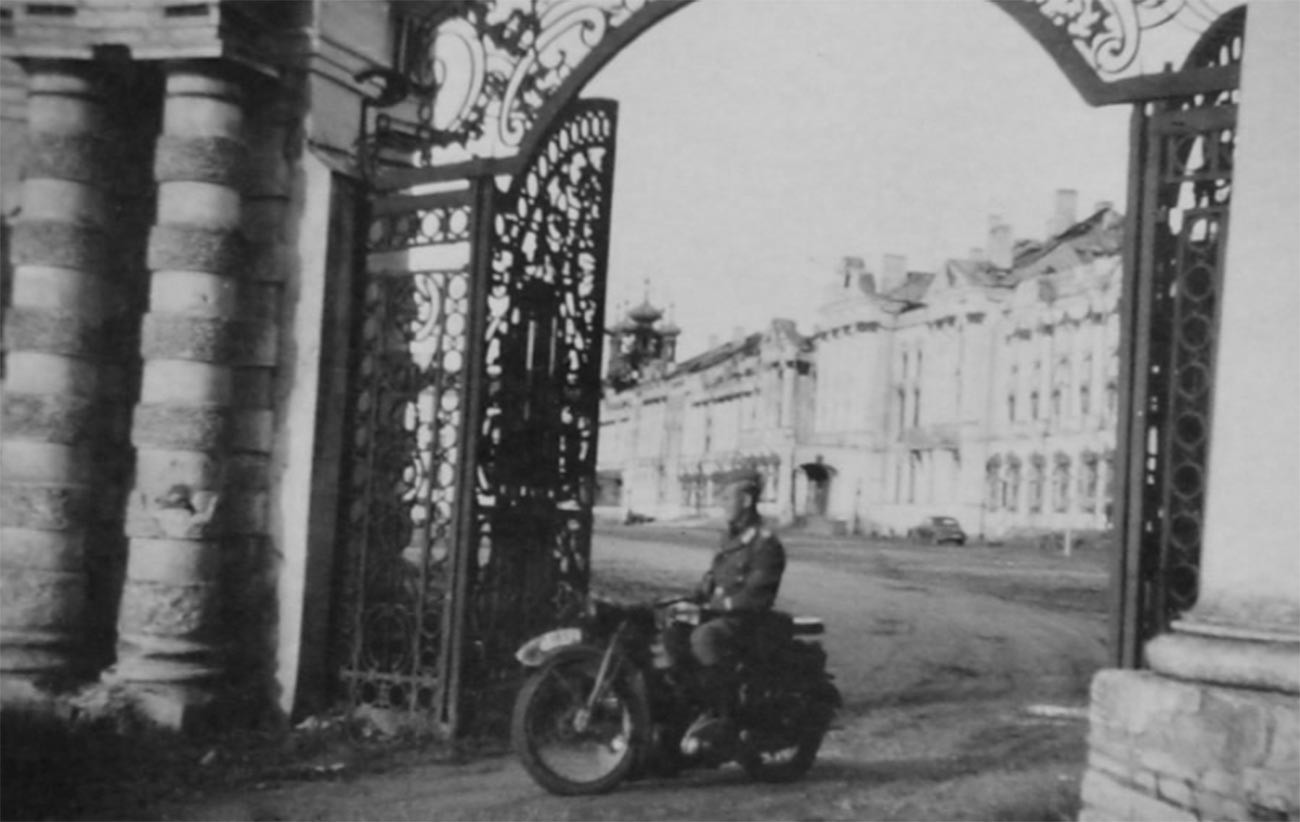
Nazis in Tsarskoe Selo
BundesarchivThe Nazis who seized Tsarskoe Selo and other suburbs of Leningrad stole most of the remaining paintings, as well as removed the silk curtains and wooden parquetry floors from the palaces. As for the Amber Room, they had special instructions - in a matter of days they dismantled it and took away its entire contents.
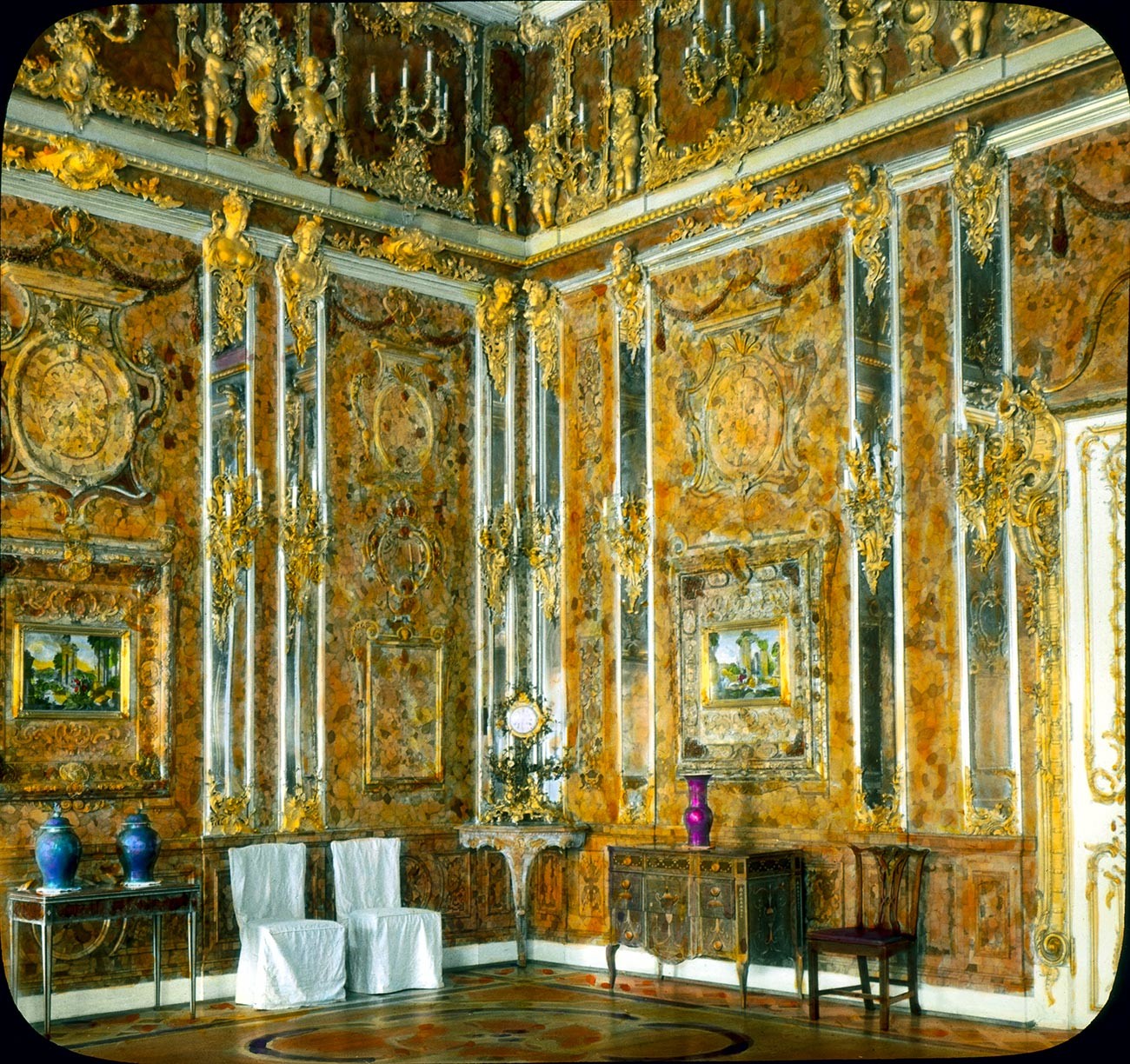
The Amber Room before the war, 1930s
Public domainAt the war’s end the Amber Room was lost, but some researchers believe it was in Königsberg Castle that burned down during the Red Army’s capture of the city (which became Soviet Kaliningrad). However, there are other theories - that it was hidden in mine shafts, and there’s even a theory that the Americans took it. Anyway, the search for the Amber Room continues.
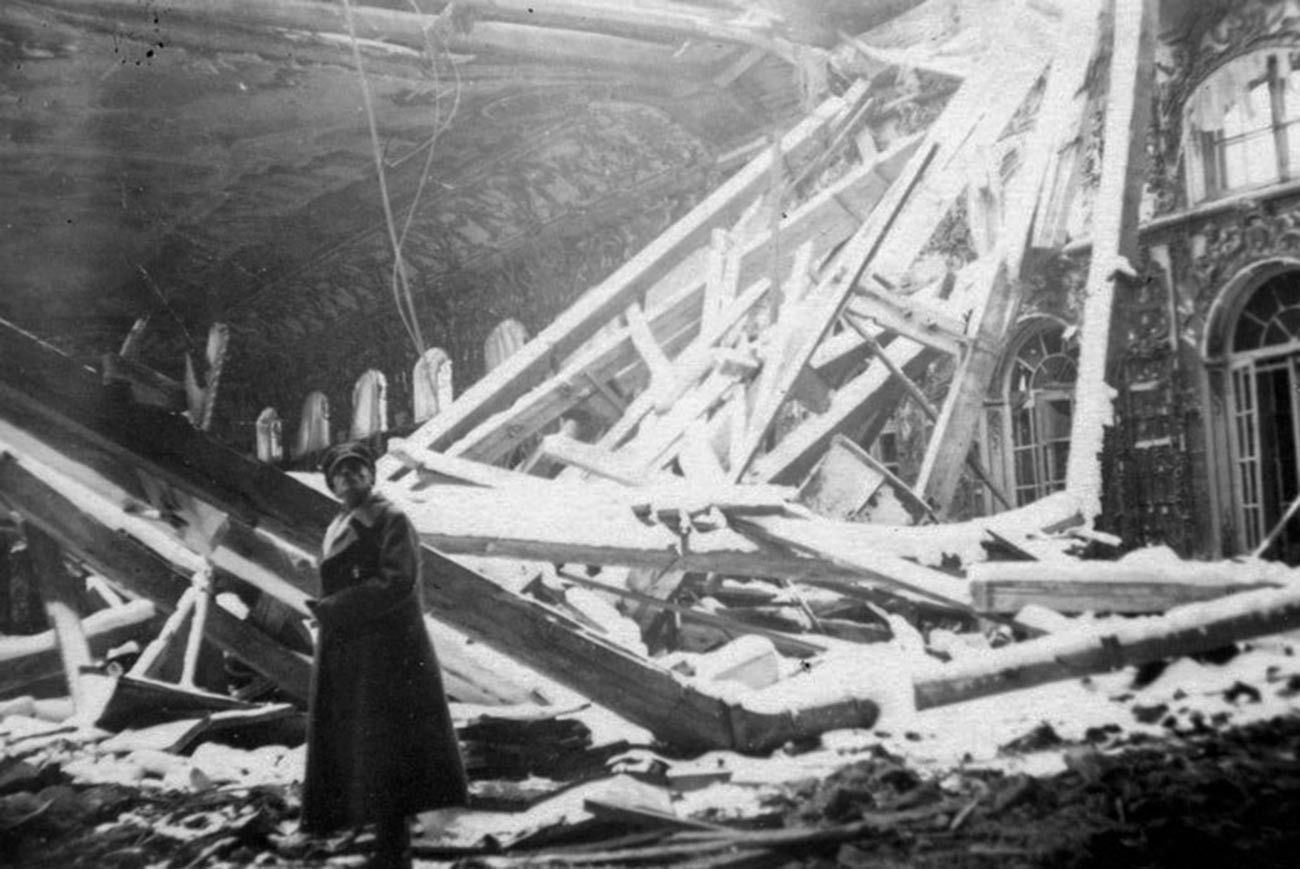
Nazis inside the Catherine's Palace in Tsarsoe Selo
BundesarchivThe Amber Room was one of the biggest and most famous cultural losses incurred by the Soviets. In the late 1990s, fragments of the original room - mosaics and an amber chest of drawers - were confiscated in Germany during an attempt to sell them. It turned out that at the war’s end an SS officer had secretly taken them as a souvenir.
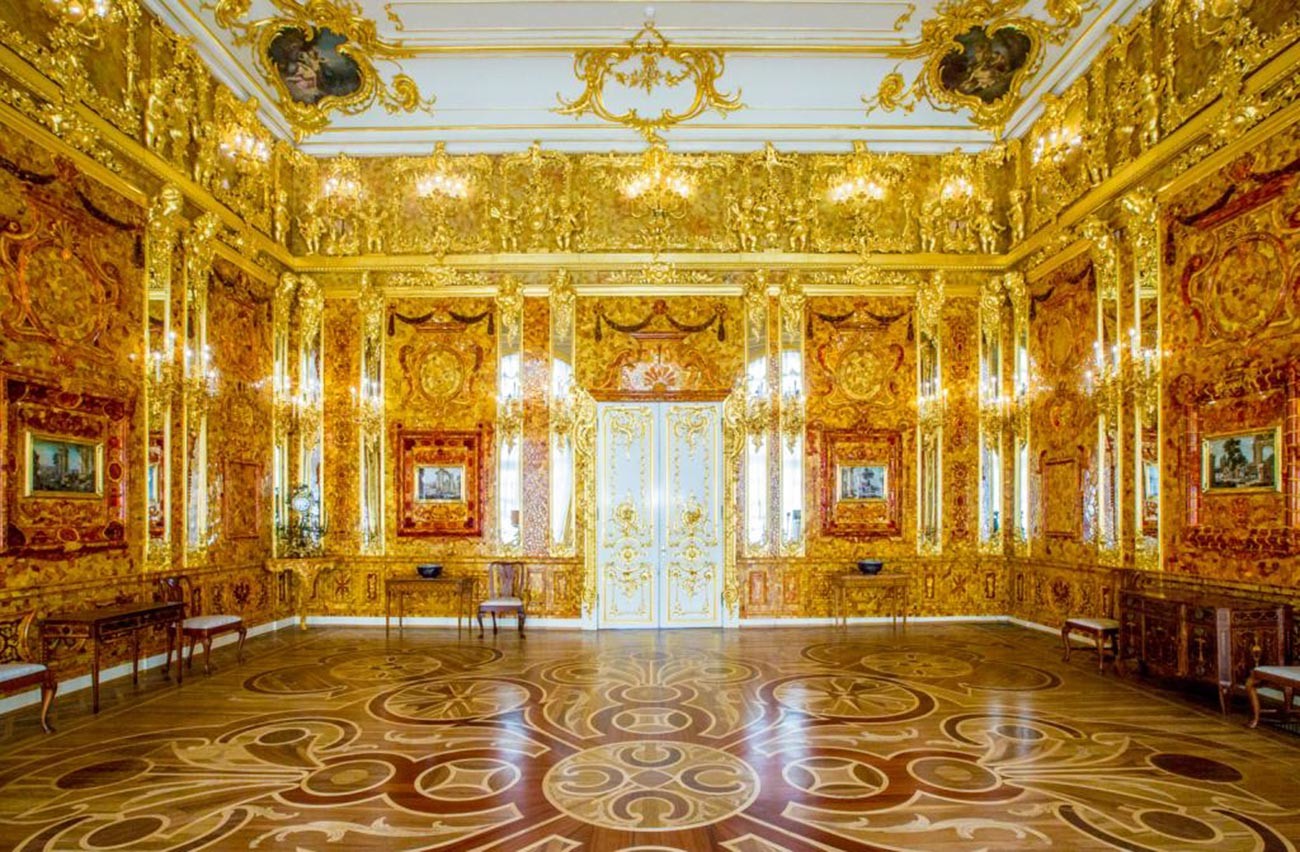
The reconstructed Amber Room
Tsarskoe Selo State Museum and Heritage SiteIn 2000, they were handed over to Russia and, in 2003, the construction of a replica of the Amber Room, using amber from the Kaliningrad Region, was completed in Tsarskoe Selo. German companies were among those who sponsored the reconstruction.
Read more: Before and after: St. Petersburg palaces destroyed by the Nazis (PHOTOS)
The garden art of the royal palace in Peterhof
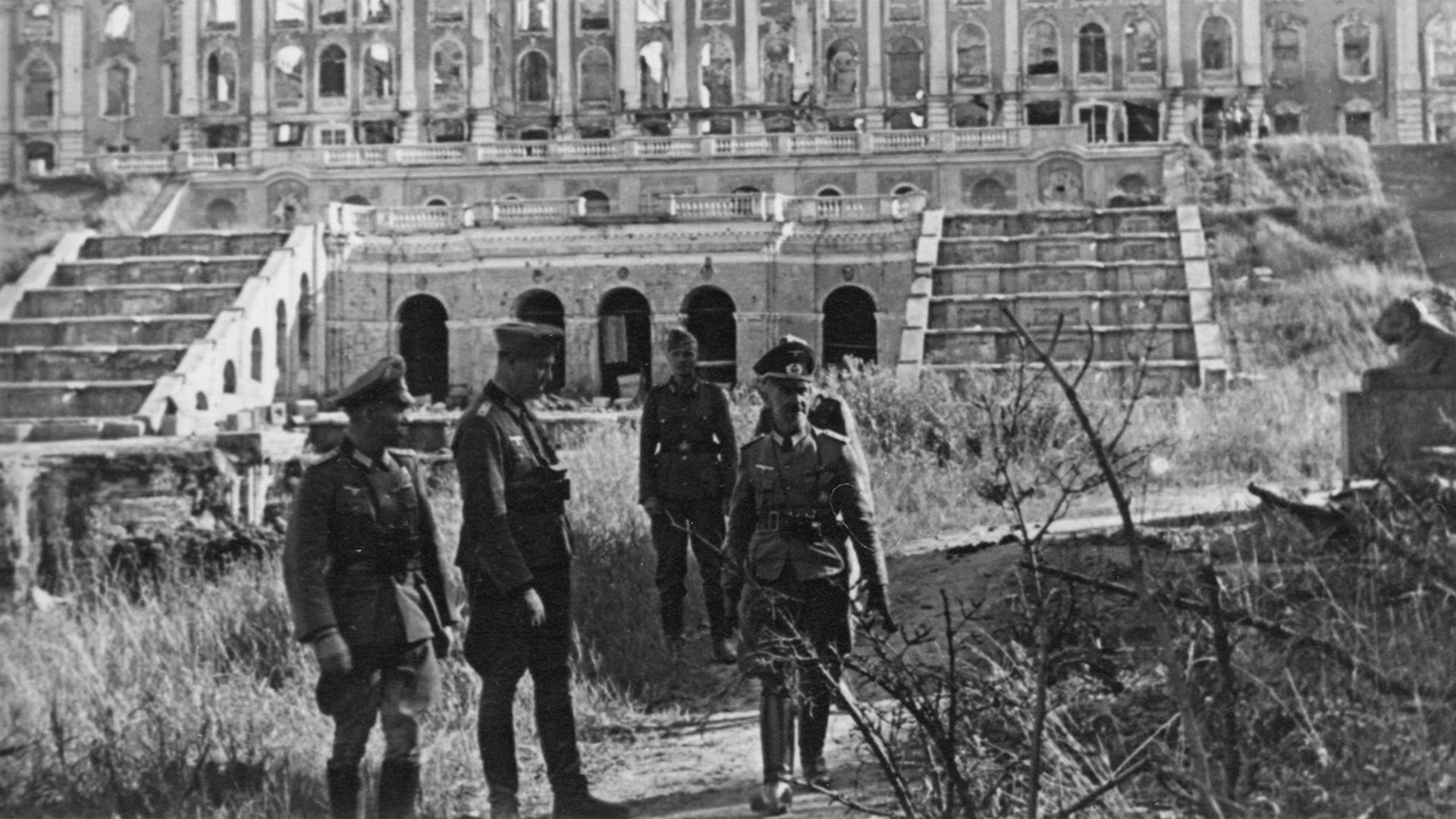
Nazis in Peterhof
BundesarchivPeterhof was in German-occupied territory and was badly damaged. The Nazis turned the magnificent Grand Palace in Peterhof into ruins; they also destroyed the unique network of fountains and burned the trees in the royal park. To protect the valuable garden sculptures, the museum staff packed and buried them before the invaders arrived. Some were removed and hidden in St. Isaac's Cathedral in St. Petersburg.
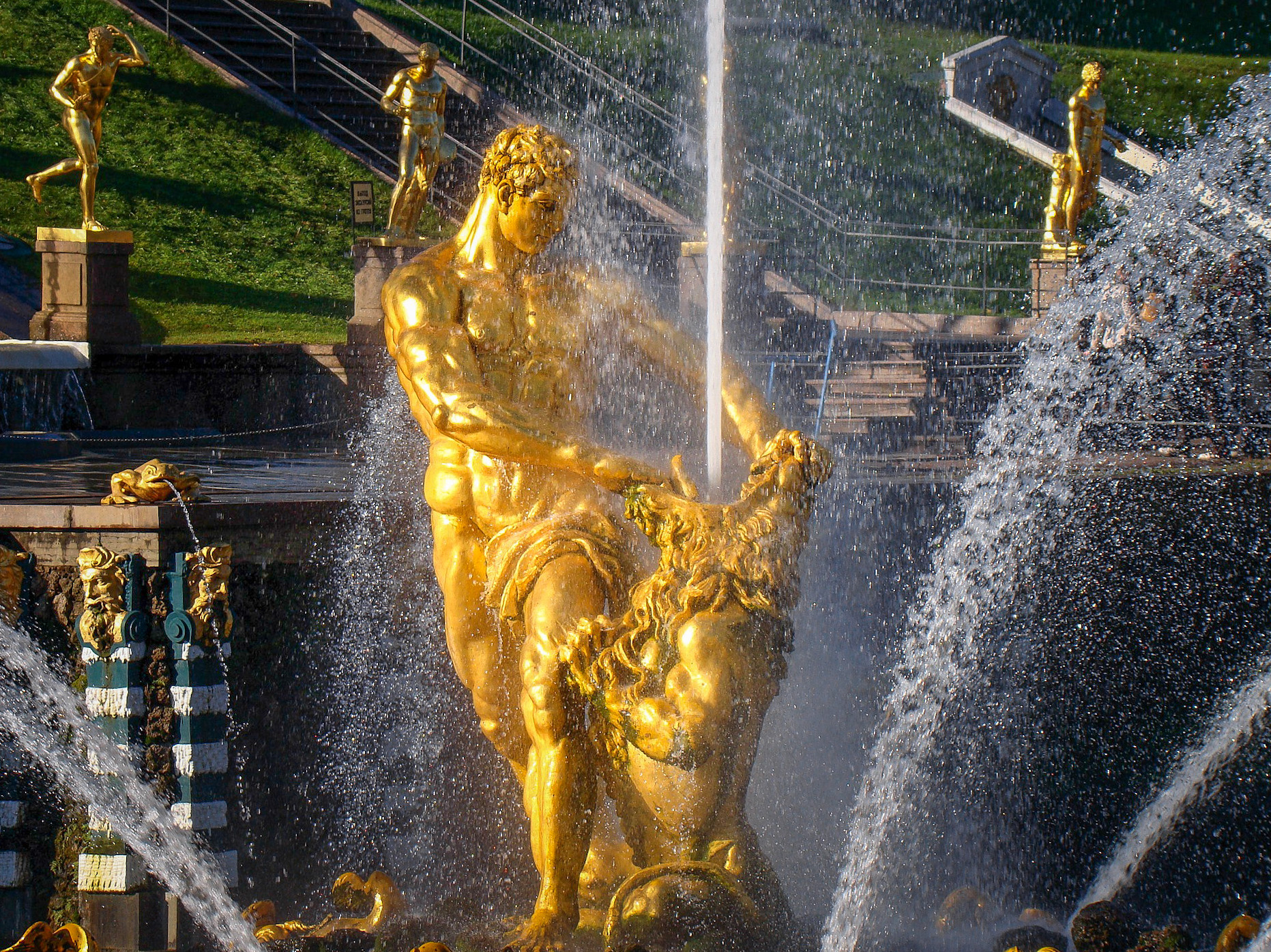
A repilica of Samson statue made in 1947
PixabayAfter the liberation of Peterhof in January 1944, most of the hidden sculptures were successfully found, but the museum staff failed to discover a large statue of Samson, a statue symbolizing the River Volkhov and a number of others. These disappeared without trace.
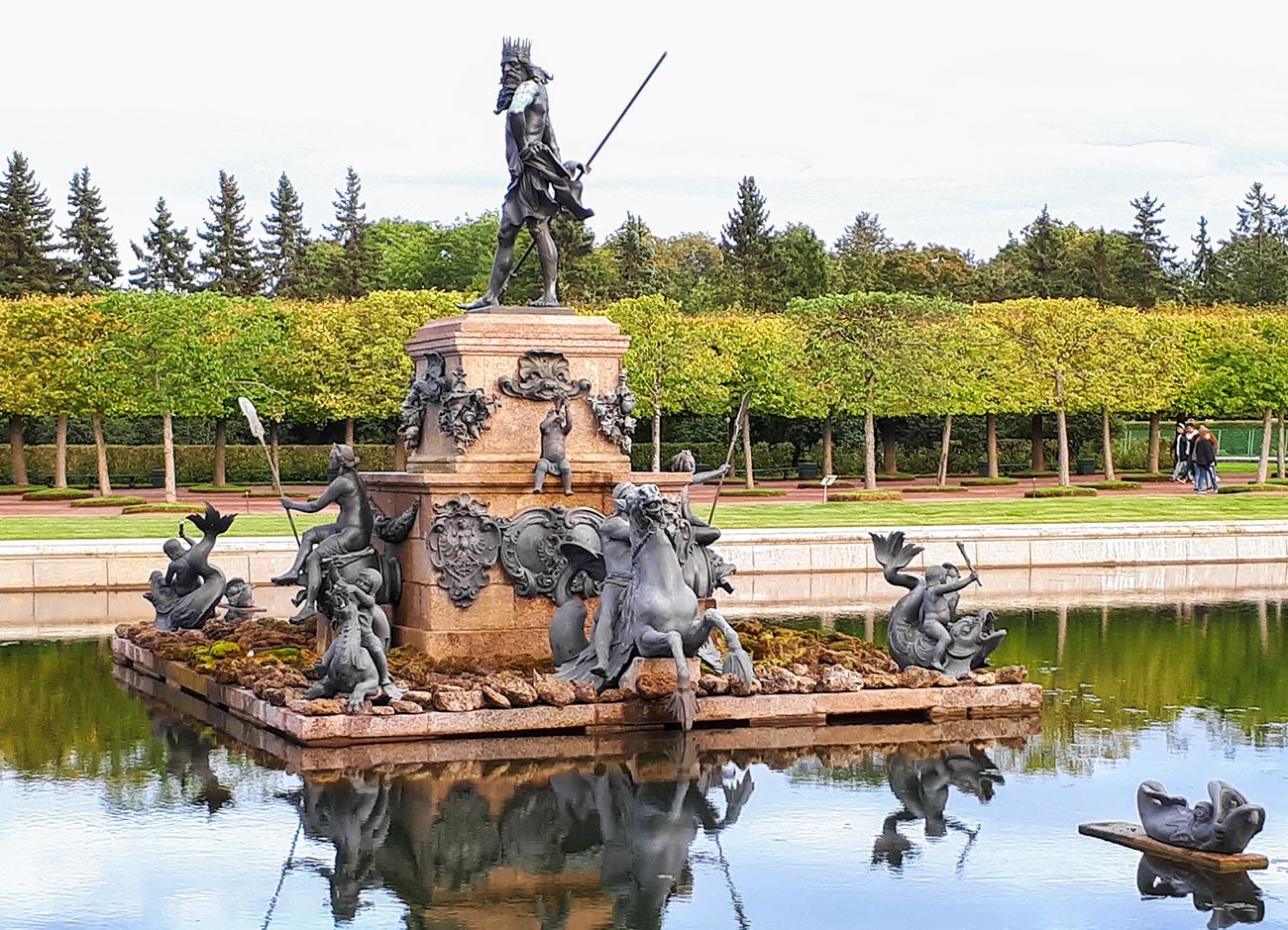
The Neptune Fountain
GAlexandrova (CC BY-SA 4.0)The largest loss in terms of size was the Neptune Fountain - the Germans took it to Nuremberg. Ironically, this was where, in the 18th century, Russian Emperor Paul I had bought it in the first place. However, in 1948 the fountain ensemble was located and returned to Peterhof.
Church treasures from Novgorod Region
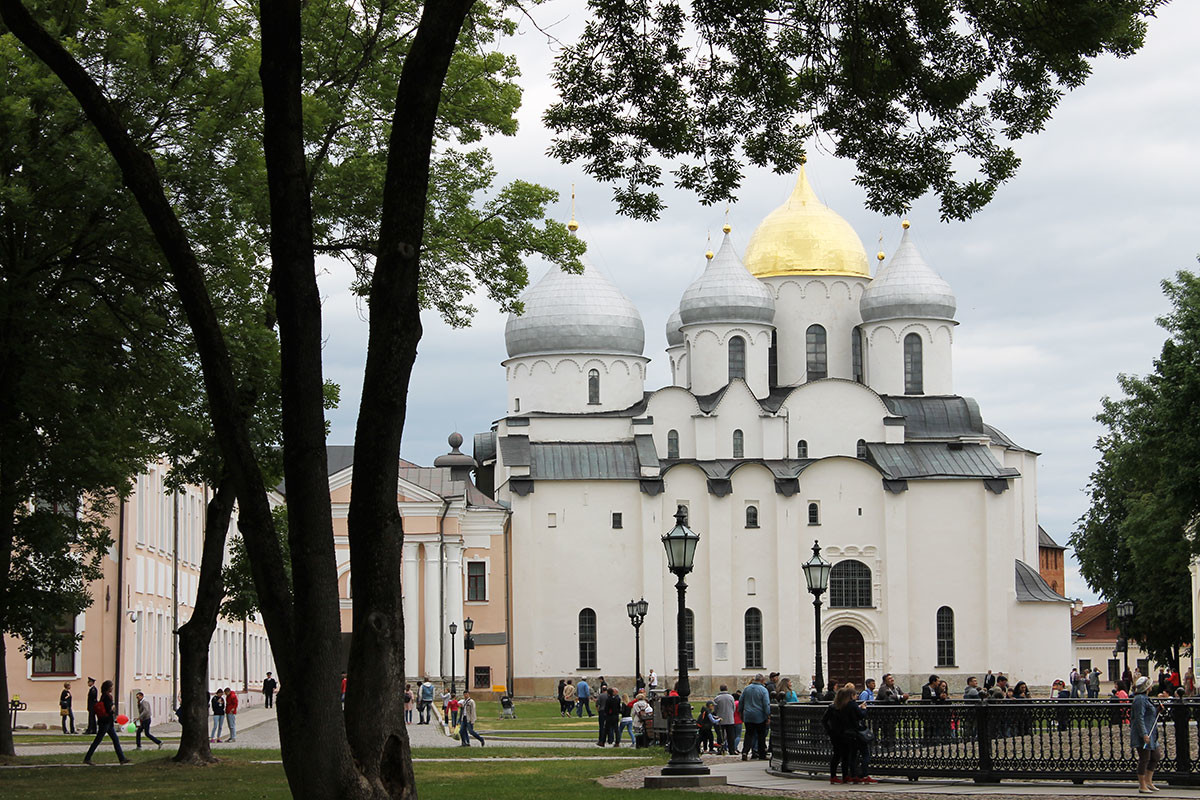
Cathedral of St. Sophia in Veliky Novgorod
Katerina Fedorova/Wikimedia Commons (CC BY-SA 4.0)The Novgorod Region was occupied by German troops during the war. The Cathedral of St. Sophia, one of Russia's oldest churches, was badly damaged by artillery fire in 1942. The walls and ceiling were pierced by shells and many frescoes were lost. The building's dome also sustained damage, and the Germans melted down its gilded coating and made souvenirs out of it. A huge number of valuable objects were taken from the cathedral, including the iconostasis and mosaic panels.
Soldiers of the Spanish Blue Division, who fought on the side of the Nazis, also looted the two-meter gilded cross that topped the cathedral's main dome. It was kept for more than 50 years at the Military Engineering Academy near Madrid, and was finally handed back to the Russian Orthodox Church in a ceremony in 2004. The precious item is now kept inside the church.
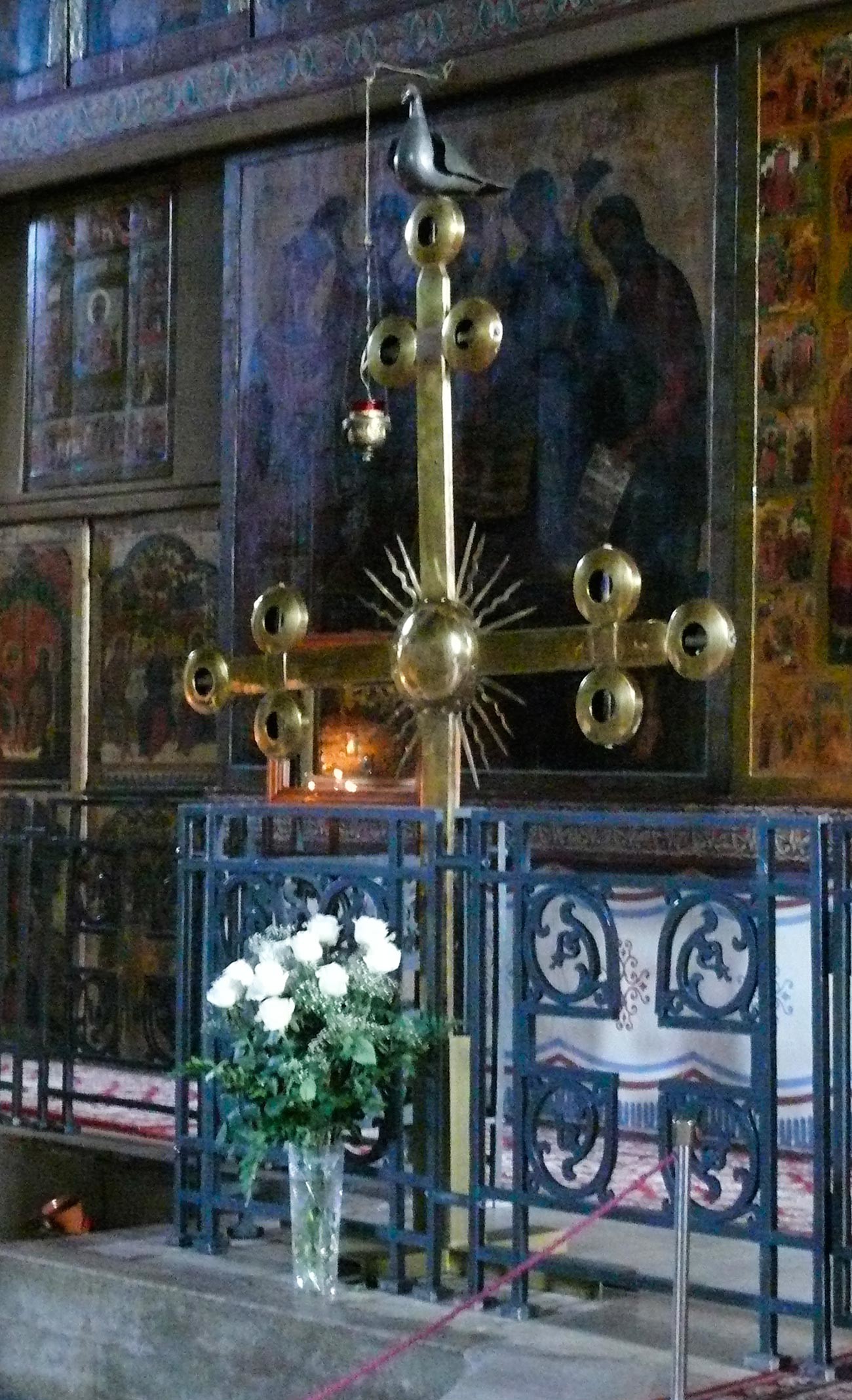
The original cross of the cathedral's main dome is now kept inside the church
Dar Veter (CC BY-SA 3.0)The Germans carried away a bell from the Church of St. Mina in Staraya Russa near Novgorod. They found a maker's inscription on it that read: ALBERT BENNINGK ME FECIT LUBECA ANNO 1672 ("Albert Benning. Lubeck, 1672"). In medieval times, Novgorod was a member of the Hanseatic League, as was Lubeck. The Germans sent the bell "home" as a "present from the Eastern Front".
"The ancient bell from Lake Ilmen will not heal all the wounds inflicted by bombs and shells. But it will be a symbol for the German soldier, who is neither a freebooter nor a savage subjugator, but a protector of ancient culture," a German frontline newspaper wrote in 1942. A Soviet soldier found and kept this article with views of his home town of Staraya Russa.
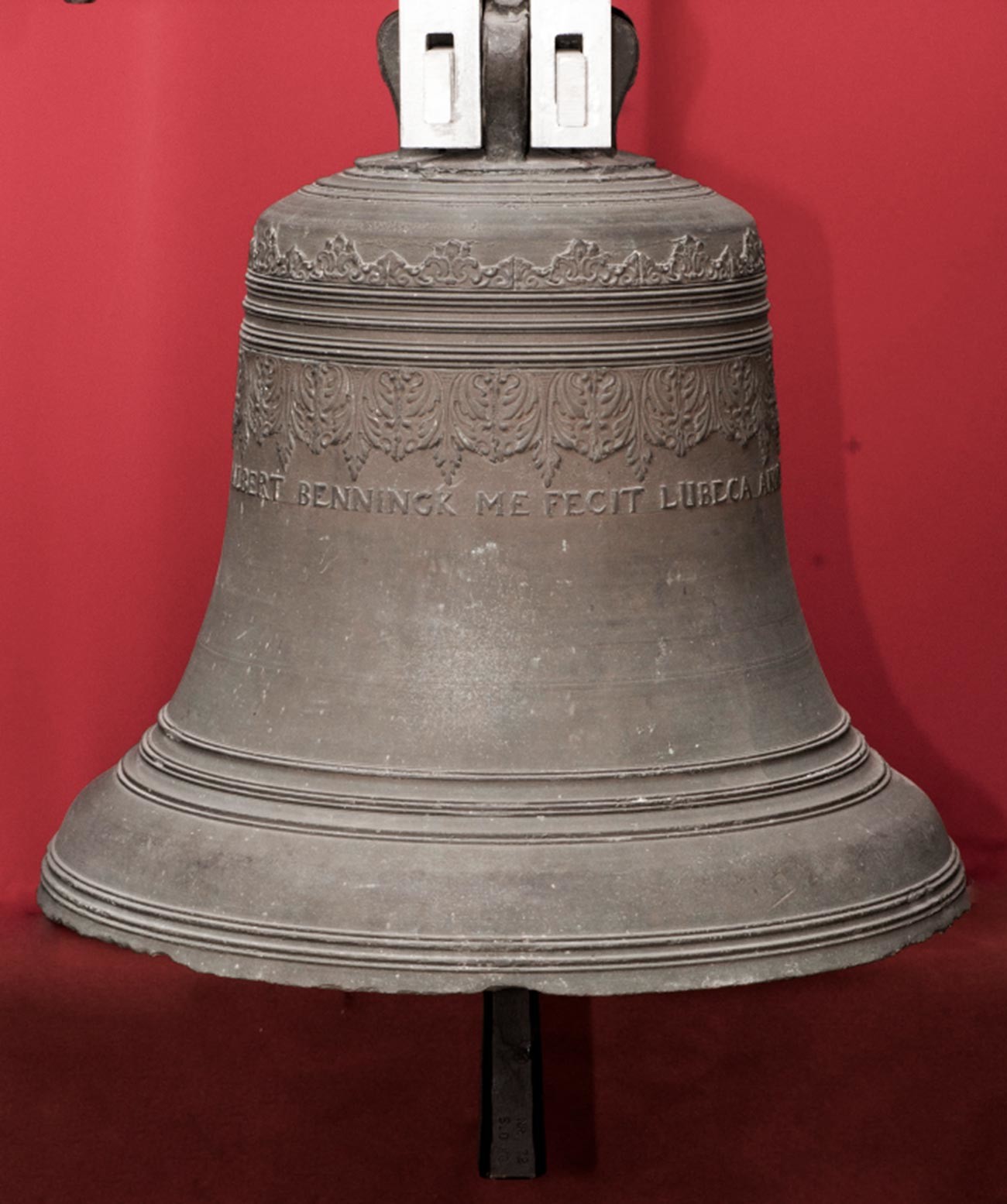
The Benning bell in Staraya Russa local museum
Novgorod State Museum and ReserveMany years later he told the local historian Nina Bogdanova about it, and she set out to discover the fate of the bell. In 2001 the mayor of Lubeck returned the bell to Staraya Russa, and today it is kept in the local museum.
If using any of Russia Beyond's content, partly or in full, always provide an active hyperlink to the original material.
Subscribe
to our newsletter!
Get the week's best stories straight to your inbox